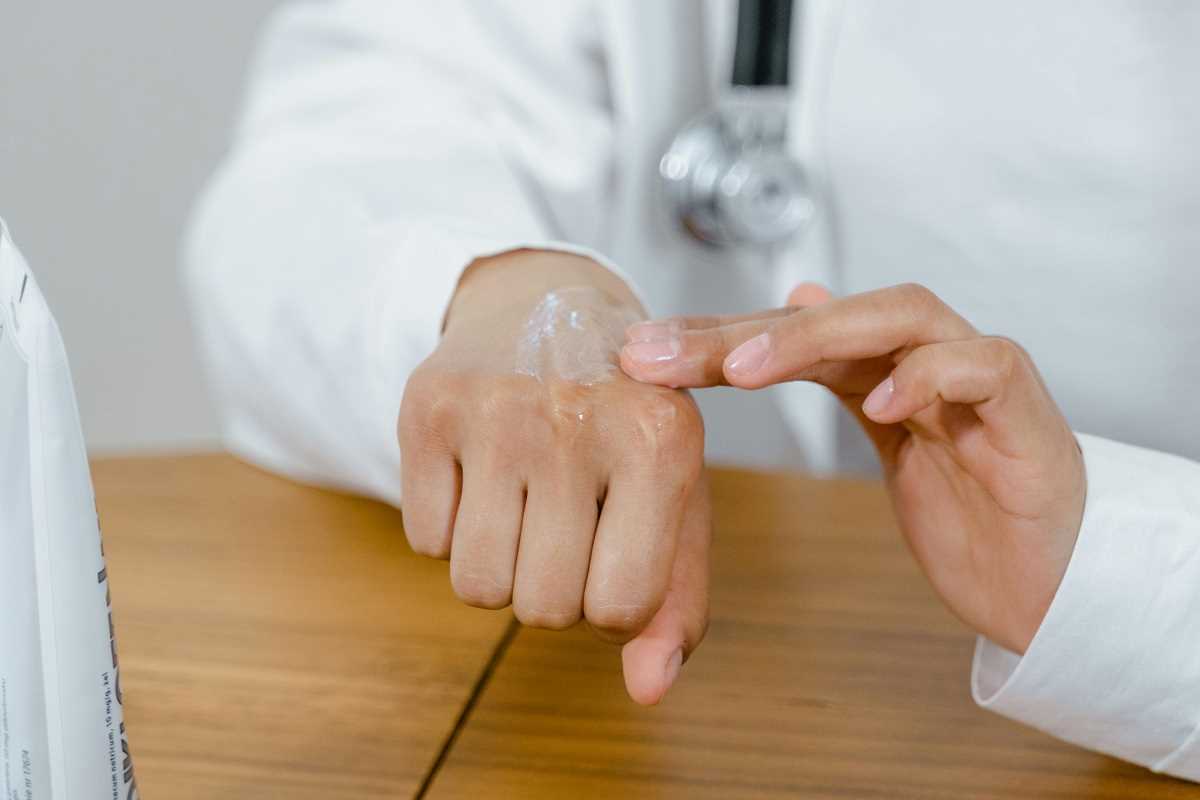Frequent flying can present a unique set of challenges for individuals managing eczema, particularly due to the notoriously dry conditions within airplane cabins. Low humidity levels in flight can exacerbate skin dryness, leading to increased discomfort and flare-ups. For those with eczema, maintaining skin health while traveling requires a thoughtful approach to skincare routines and environmental management. Understanding the factors contributing to eczema flare-ups during flights and implementing effective strategies can significantly enhance the flying experience for those affected by this condition.
The issue of dry cabin air is a primary concern for eczema sufferers, but other factors also play a role in aggravating the skin condition during air travel. Prolonged exposure to low humidity can strip the skin of essential moisture, weakening the skin barrier and making it more susceptible to irritation and inflammation. Wearable materials and tight clothing can further irritate sensitive skin, and frequent handwashing or sanitizing, which is common during flights, can remove natural oils that protect the skin. The stress associated with travel can also contribute to the severity of eczema symptoms, as stress is a known trigger for many individuals with this condition.
Causes of Eczema in Dry Cabin Environments
- Low humidity levels leading to skin dehydration
- Exposure to recycled air that may contain irritants
- Prolonged periods of immobility causing skin irritation
- Wearing restrictive clothing materials that trap moisture and heat
- Frequent handwashing and use of sanitizers removing natural oils
Pre-Flight Preparations
- Hydrate Well: Begin hydrating your skin several days before your flight by drinking plenty of water and using a high-quality moisturizer to lock in moisture.
- Choose Comfortable Clothing: Opt for loose-fitting, breathable fabrics such as cotton to minimize skin irritation and allow your skin to breathe during the flight.
- Pack Skincare Essentials: Bring travel-sized skincare products, including a gentle cleanser, moisturizer, and any prescribed topical treatments to manage your eczema effectively while traveling.
- Plan Medication Timing: Schedule your medication doses to coincide with your flight times, ensuring that you maintain consistent treatment throughout your journey.
- Prepare a Hydration Kit: Include hydrating facial mist, lip balm, and hand lotion in your carry-on to reapply moisture throughout the flight.
In-Flight Tips for Skin Hydration
Maintaining skin hydration during the flight is crucial for managing eczema in dry cabin environments. Bringing a personal humidifier can help increase moisture levels around your seating area, providing a more comfortable environment for your skin.Further, using a hydrating facial mist at regular intervals can replenish lost moisture and soothe irritated skin.
It's important to avoid excessive use of hand sanitizers; instead, carry a gentle, alcohol-free sanitizer to minimize skin dryness. Periodically moving around can also promote better circulation and prevent skin from becoming too dry due to prolonged immobility.
Another effective strategy is to layer your skincare products. Start with a lightweight moisturizer to create a barrier, followed by a richer cream to lock in hydration. Applying these products before boarding and reapplying them during the flight can help maintain optimal skin moisture levels. Protect your skin from direct exposure to air vents by using a scarf or shawl, which can provide an additional layer of protection against the dry air circulating in the cabin. Wearing a wide-brimmed hat or using a travel pillow with a hood can also shield your skin from the harsh airflow.
Post-Flight Skincare Routine
After reaching your destination, restoring and repairing your skin to prevent long-term irritation and dryness is essential. Begin by cleansing your skin with a gentle, fragrance-free cleanser to remove any impurities and residual products used during the flight. Follow up with a nourishing moisturizer to replenish lost moisture and strengthen your skin barrier. Incorporating a hydrating serum, such as one containing hyaluronic acid, can provide an extra layer of moisture and help your skin recover from the stress of the flight.
Incorporate soothing treatments, such as aloe vera gel or a cool compress, to calm any inflammation or redness caused by the flight. If necessary, reapply any prescribed topical medications to address any flare-ups promptly. Maintaining a consistent skincare routine after your flight prevents future eczema episodes and ensures your skin remains healthy and resilient against environmental stressors.
Managing eczema while flying requires proactive measures to counteract the dry cabin air and other contributing factors. By understanding the causes of eczema flare-ups in flight and implementing comprehensive pre-flight preparations, in-flight hydration strategies, and diligent post-flight skincare routines, individuals with eczema can enjoy a more comfortable and less stressful flying experience. Embracing these practices not only helps minimize discomfort during the journey but also promotes long-term skin health, allowing frequent flyers with eczema to travel with greater ease and confidence.
 (Image via
(Image via





